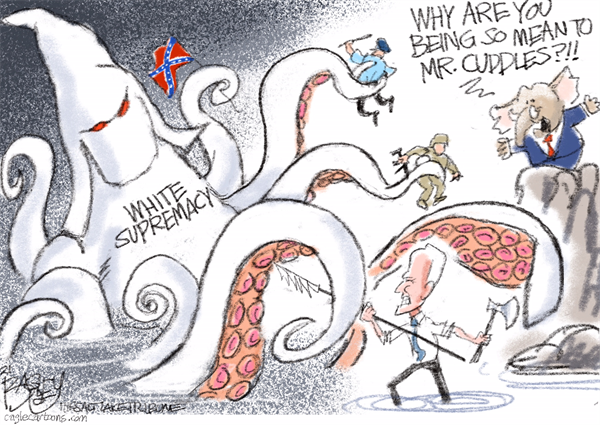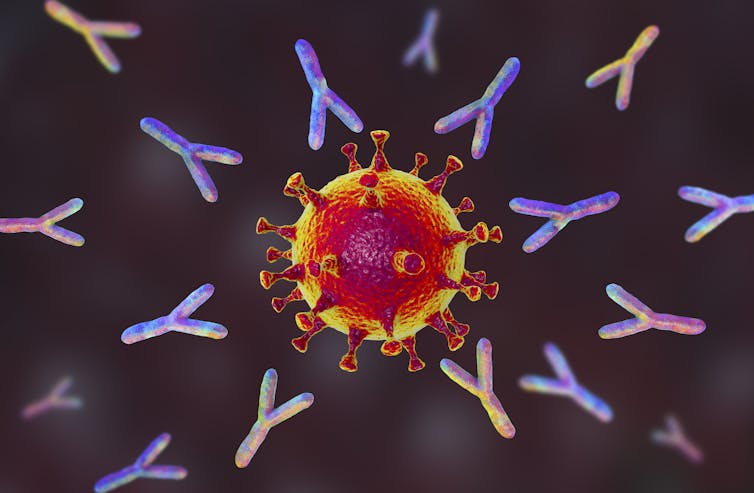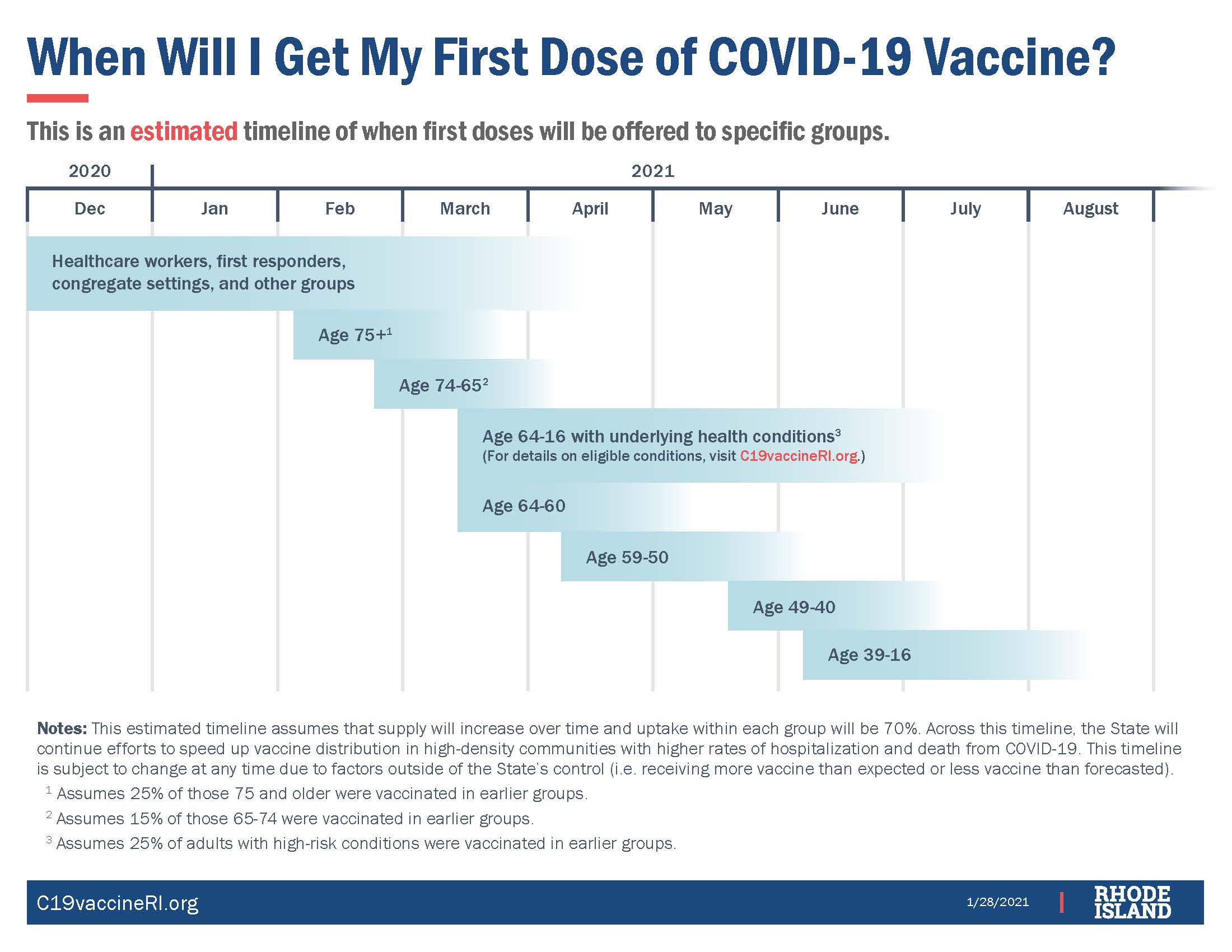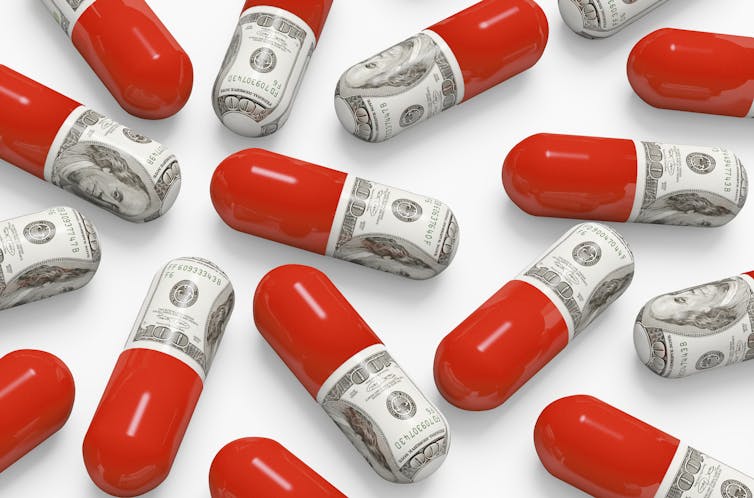Trying
to make sense of where we are after months of living in a pandemic
By
Will Collette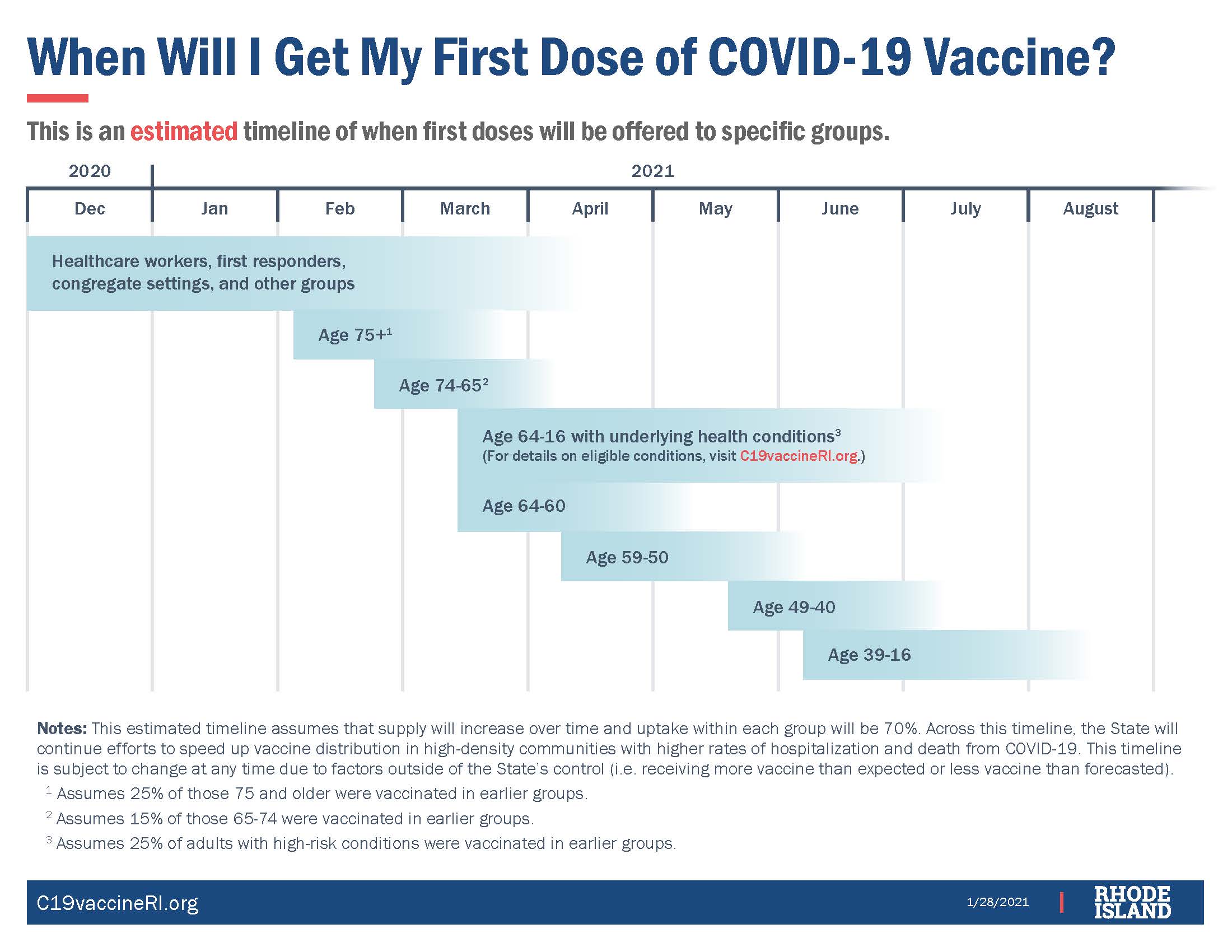
The
good news is we have vaccines (somewhere); Joe Biden actually takes the
coronavirus seriously and Dr. Fauci is back at the podium.
The
bad news is everything else sucks.
The
New York Times just ran an amazing piece that breaks down the current status of
the pandemic in each and every county in the US. Naturally, I zoomed in on “Washington
County, RI” – what everywhere else in the world calls South County.
The
first piece of information is that South County is at “an extremely
high risk level” (emphasis theirs). 11 South County residents
have died of COVID in the past two weeks. We’re averaging 64 new cases in South
County per day.
Though
hospitalizations in South County have gone down a bit, our local ICUs are
operating at 85% capacity. It’s no consolation to know that the rest of Rhode
Island is also doing poorly.
As
of January 28, Charlestown
has had 385 confirmed COVID cases. That translates into a rate of 4,692 per
100,000, better than Westerly and Hopkinton but worse than South Kingstown and Richmond.
The
COVID recession still grips Rhode Island and Charlestown too. The latest number
for Charlestown
is for December is 8.5% unemployment compared to one year earlier when
Charlestown’s unemployment was only 3.5%.
Charlestown’s
unemployment is higher than the state average of 8.1%.
Remember
when we were once considered one of the best states for dealing with the
pandemic? Remember when Gina Raimondo was such a hero that she probably locked
in her Biden Administration cabinet post.
Since
Thanksgiving, like so much of the US, we not only lost all the advances we had
made since March but have had new cases, hospitalizations and deaths that made
us almost wish it was March 2020 again.
We
blew it. Thanksgiving was a major breaking point because millions of Americans
said “F**k it! I want my turkey” and caused the pandemic to rocket out of
control.
Trump’s criminal denialism was, of course, a major contributing factor
in making the US of A the worst country in the world for the virus. That’s MAGA
for ya.
However,
our state and local leaders didn’t help. Their mistakes combined with our own
dealt us a terrible reversal. By December, Rhode
Island was actually the worst in the
world for managing the virus. I’m not making that up.
Gina
pretty much checked out of the COVID fight when Biden won the election. I
couldn’t believe the state’s
decision to reopen sports facilities even though the virus is raging out of
control. Gina’ frenzied approach to school reopening also fanned the flames.
Gina
will be leaving soon to go to Washington to become Commerce Secretary. There
she can go back to spending lots of time with her favorite people, Wall Street
oligarchs. Her confirmation has been pretty much clinched by the big
wet kiss she just got from the Chamber of Commerce.
In
her place, we will get our doofus current Lt. Governor Dan McKee. McKee had
been known for his fanatical
determination to replace public schools with charter schools. However for
some reason, he recently switched horses to become the devout champion of small
business.
No
McKee statement can go more than two sentences without extolling the virtues of
small business, though what he is actually doing or going to do for small
business is far from clear.
Perhaps
he will shift our vaccination priorities to giving every Rhode Island small
business a magadose of coronavirus vaccine right in the cash register.
Rhode
Island policy on who gets vaccinated and when has been constantly changing.
Very little vaccine is actually being delivered to the states and as the Biden
team discovered to its horror, Trump
had NO plan for vaccine distribution.
As
a state, we’re not doing much better.
The
timelines
set out in December are shot to hell. So are the priorities.
Personally,
this means that Cathy and I, both in our early 70s with co-morbidity health
conditions – had been looking forward to being in Phase 1-B, due to get the shots in
December-February.
But
that’s gone as priorities shift to such disparate groups as the board members of health care facilities and members of the General Assembly.
Normally,
these kinds of preferences would not be so infuriating – just Rhode Island
business as usual - if not for the fact that vaccine supplies are so limited
that all the various risk brackets are competing for very limited doses.
Many
family and friends frantically worry about when they can get on a list to get
the vaccine, any list, even though being on a list by no means guarantees you
will actually get vaccinated.
Right
now, Rhode Island has no lists for
elderly people not in an institutionalized setting. Here is how the RI Department of Health puts it: “Please note
there is no “priority list” or “waiting list” that people can join to get
vaccinated.” Seniors 75+
should be hearing about vaccination sometime this month.
Rhode
Island is currently ranked in the bottom half (at #27) of the states for vaccinations
per capita. We started strong, but quickly fell behind. State officials blame
red tape caused by federal requirements – which is interesting since the Trump
administration really didn’t have any firm rules for the states. Plus, the 26
states that are doing better than us are operating with the same external
limitation that we are.
Personally,
I am content to continue practicing semi-lockdown procedures, going out only
when necessary, double-masking, social-distancing, etc. until vaccine
production gets ramped up.
I
am especially looking forward to the approval of the Johnson
& Johnson vaccine which is apparently easy to produce, takes only one
dose and be kept fresh with regular refrigeration, rather than needing conditions similar to the surface of Pluto.
We
know from the science and from our direct experience last spring during the
first wave that masks and social-distancing works in curbing the virus. We know
that lockdowns
also work but politicians view them as too toxic to try.
While
the vaccination process gets sorted out and ramped up, it is up to US to do the
right thing: mask up, keep your distance, wash your hands and wait it out. Don’t
be a mask-hole. Be patient.

